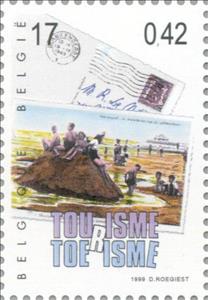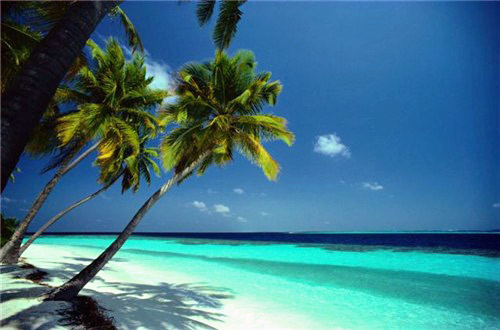Stamp: Journey through the 20th century (Belgium 1999)
Journey through the 20th century (Belgium 1999)
01 January (Belgium ) within release Journey through the 20th century goes into circulation Stamp Journey through the 20th century face value 17 Belgian franc
| Stamp Journey through the 20th century in catalogues | |
|---|---|
| Michel: | Mi:BE 2925 |
| Yvert et Tellier: | Yt:BE 2871 |
| Belgium: | Bel:BE 2874 |
Stamp is square format.
Also in the issue Journey through the 20th century:
- Stamp - Pope John XXIII face value 17;
- Stamp - King Baudouin face value 17;
- Stamp - Willy Brandt face value 17;
- Stamp - Journey through the 20th century face value 17;
- Stamp - Journey through the 20th century face value 17;
- Stamp - Martin Luther King (1929-1968) face value 17;
- Stamp - Vladimir Lenin (1870-1924) face value 17;
- Stamp - Journey through the 20th century face value 17;
- Stamp - Golda Meir face value 17;
- Stamp - Nelson Mandela face value 17;
- Stamp - Journey through the 20th century face value 17;
- Stamp - Journey through the 20th century face value 17;
- Stamp - Eddie Merckx face value 17;
- Stamp - Journey through the 20th century face value 17;
- Stamp - Journey through the 20th century face value 17;
- Stamp - Journey through the 20th century face value 17;
- Stamp - Journey through the 20th century face value 17;
- Stamp - Journey through the 20th century face value 17;
- Stamp - Journey through the 20th century face value 17;
- Stamp - Journey through the 20th century face value 17;
Stamp Journey through the 20th century it reflects the thematic directions:
Tourism is travel for pleasure or business; also the theory and practice of touring, the business of attracting, accommodating, and entertaining tourists, and the business of operating tours. Tourism may be international, or within the traveller's country. The World Tourism Organization defines tourism more generally, in terms which go "beyond the common perception of tourism as being limited to holiday activity only", as people "traveling to and staying in places outside their usual environment for not more than one consecutive year for leisure, business and other purposes". Tourism can be domestic or international, and international tourism has both incoming and outgoing implications on a country's balance of payments. Today, tourism is a major source of income for many countries, and affects the economy of both the source and host countries, in some cases being of vital importance.
A millennium (pl. millennia or millenniums) is a period of one thousand years, sometimes called a kiloannum (ka), or kiloyear (ky). Normally, the word is used specifically for periods of a thousand years that begin at the starting point (initial reference point) of the calendar in consideration and at later years that are whole number multiples of a thousand years after the start point. The term can also refer to an interval of time beginning on any date. Millennia sometimes have religious or theological implications (see millenarianism).
A beach is a landform alongside a body of water which consists of loose particles. The particles composing a beach are typically made from rock, such as sand, gravel, shingle, pebbles, etc., or biological sources, such as mollusc shells or coralline algae. Sediments settle in different densities and structures, depending on the local wave action and weather, creating different textures, colors and gradients or layers of material.
Coastal areas are local administrative units (LAUs) that are bordering or close to a coastline. A coastline is defined as the line where land and water surfaces meet (border each other).



